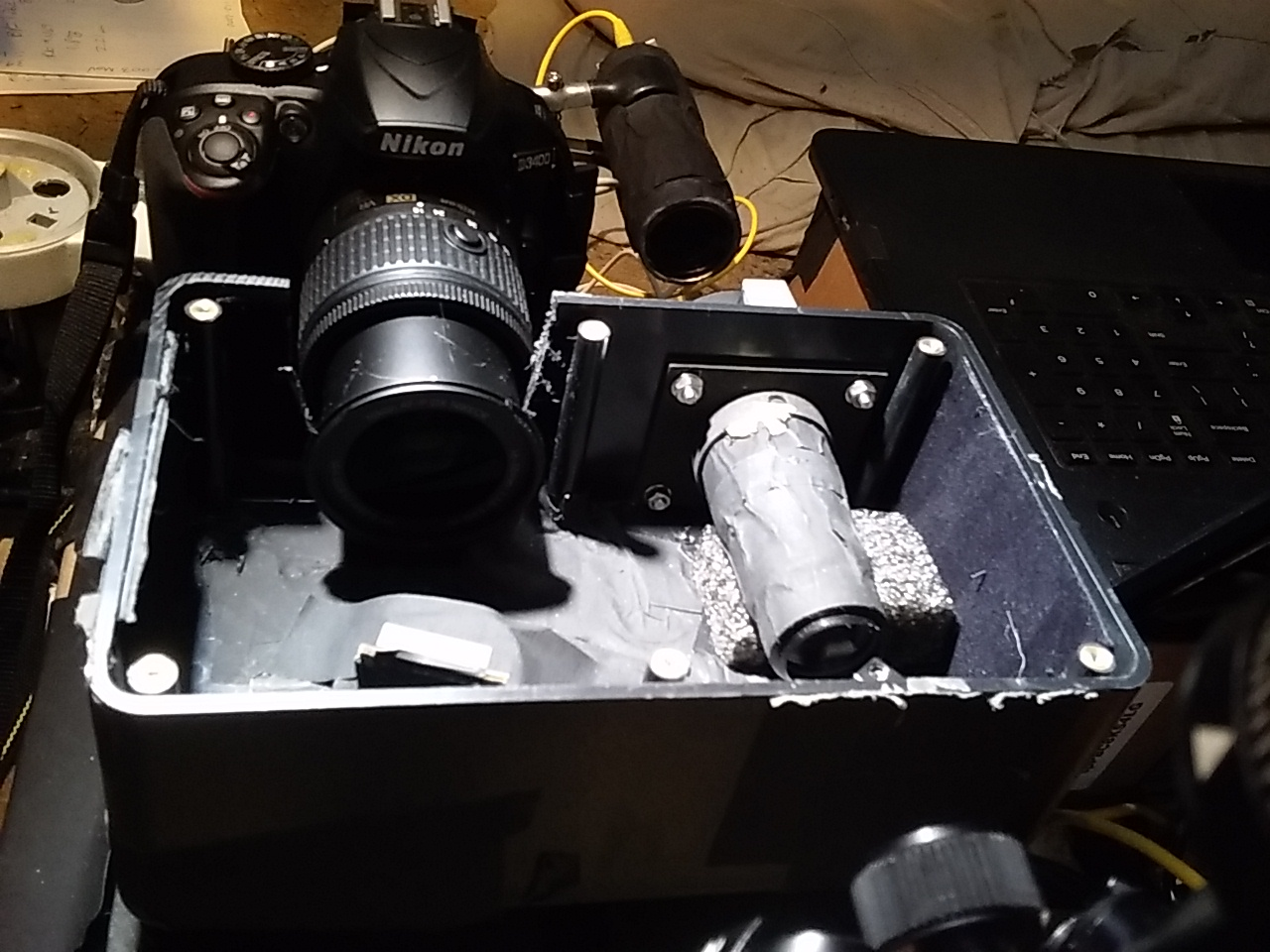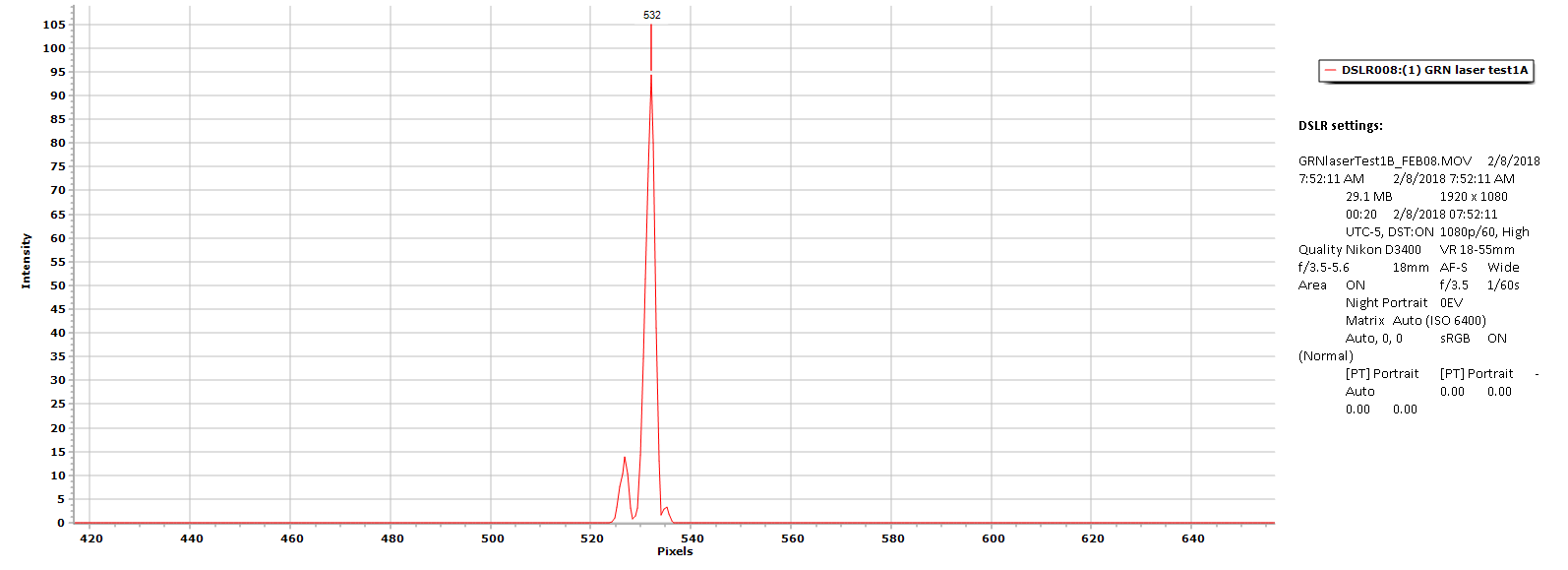*Update* This is for those who have asked what type of fiber optical core I am using:
Thorlabs' SM300 fiber consists of an undoped, pure silica core surrounded by a depressed, fluorine-doped cladding. Since these fibers do not contain germania (GeO2), which causes electronic defects and color centers associated with the Ge-O bond, the primary cause of photodarkening is greatly reduced. As a result, power handling in the blue region is increased from several milliwats to several watts. The transmission-limiting effects caused by other nonlinearities (e.g., stimulated scattering) or even thermal damage are also increased over those of a conventional silica fiber doped with germanium. In the UV region, the SM300 will still exhibit some photodarkening, but will have superior performance compared to conventional fibers. http://www.thorlabs.com/newgrouppage9.cfm?objectgroup_id=949
This is a very crude set-up but it simulates the concept and my design.

Right next to the camera U can see my laser tube collimation prototype, I used this to shoot through the slit to the 1st mirror (concave focusing mirror,) @ 45 deg. and 88 mm length to the diffraction grating, which I readjusted to about 27 deg. (I used a plastic protracting ruler). The DSLR camera settings are annotated on the plot below.

Success! The plot above illustrates the laser collimated beam (with just a little noise, I didn't do a thorough cleanup,) processed using RSpec, the peak is very sharp and FWHM is @ 2.1nm. My calculations predicted a resolution factor of 2.216nm for a 200um slit width and a 1200 mm/gr.
Below is the FWHM data from Spectragrpyh with the actual accurate data.

Below are the camera's settings at the time of spectral capture.

Close up view of collimation mirror as it relates to the diffraction grating.

Close up of camera focal lens sitting in the cut-out of enclosure. I used my Roto-Zip tool cutter to cut the section out properly.

 David H Haffner Sr
David H Haffner Sr
Discussions
Become a Hackaday.io Member
Create an account to leave a comment. Already have an account? Log In.